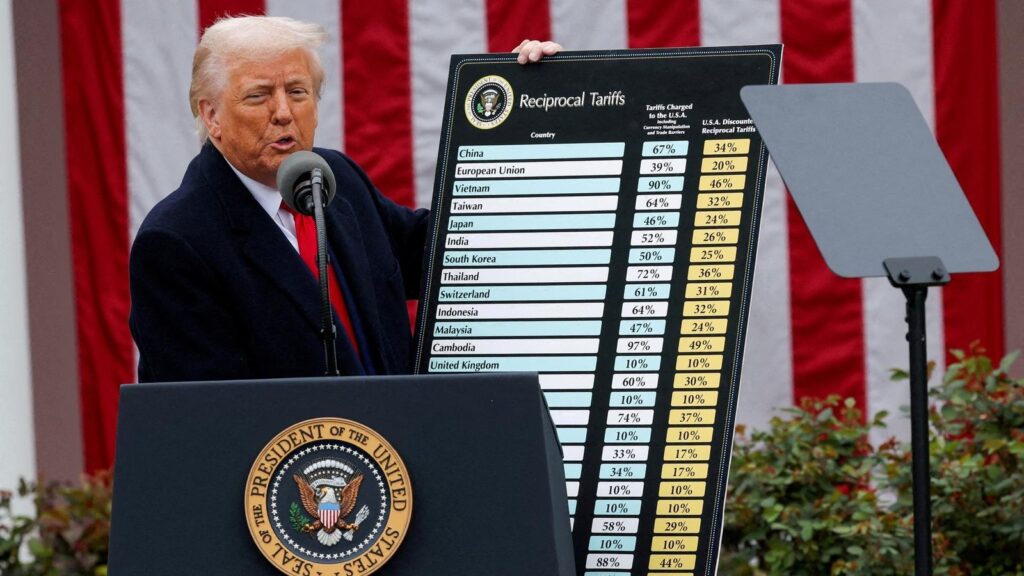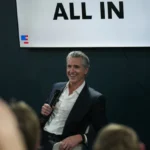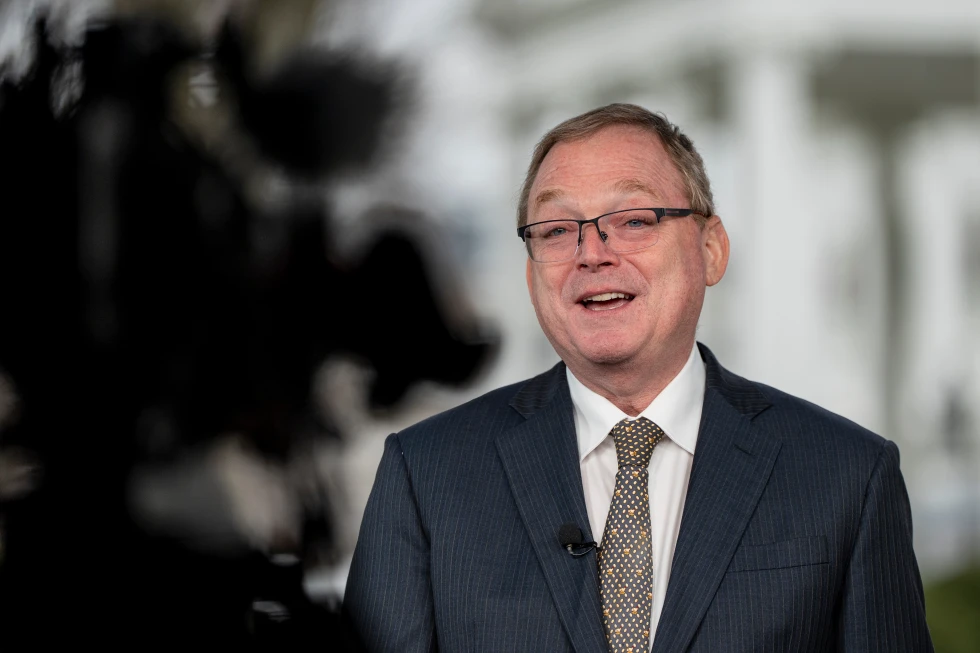Trump Tariffs Add Pressure as Fed Holds Off on Rate Cut

July 9, 2025 — Despite repeated calls from President Donald Trump for the Federal Reserve to cut interest rates, the central bank remains cautious as tariff uncertainty continues to cloud the economic outlook. Fed Chair Jerome Powell and the Federal Open Market Committee (FOMC) are holding off on policy changes as they assess the long-term impact of shifting trade measures.
Trump Pressures Fed, But Tariff Instability Prevails
Since returning to the White House, Trump has urged the Fed to slash the base rate from 4.25–4.5%, but Powell has resisted, citing a lack of clarity on the inflationary effects of ongoing trade sanctions. The FOMC’s hesitation stems from one of its core mandates: keeping inflation in check.
“Until we fully understand how tariffs impact prices, cutting rates could backfire,” one official suggested.
Deadline Shifts Undermine Policy Clarity
The uncertainty escalated this week as Trump extended the trade deal deadline to August 1, after originally setting a 90-day pause on new tariffs in April. The European Union now faces a potential 50% hike, up from 20% earlier this year.
Trump also released letters to foreign governments warning of upcoming duties:
-
25% on all goods from Japan and South Korea
-
40% on imports from Laos and Myanmar
These abrupt changes make it difficult for the Fed to commit to monetary easing without risking inflation or undermining credibility.
Markets React to Policy Ambiguity
The response from Wall Street was immediate:
-
S&P 500 closed down 0.79%
-
Nasdaq and Dow Jones each dropped nearly 0.9%
-
S&P futures remained flat in pre-market trading
Meanwhile, Asian markets stayed relatively calm, and European indexes saw minor gains. Analysts say global investors are growing numb to Trump’s tariff threats.
“It seems a wasted effort to analyze every Trump post,” joked UBS economist Paul Donovan.
Deutsche Bank, Goldman Sachs Weigh In
According to Deutsche Bank’s Jim Reid, the president’s decision to delay tariff implementation until August 1 further complicates the Fed’s policy window:
“Unless there’s strong economic deterioration, a September rate cut becomes less likely.”
At the same time, White House advisor Peter Navarro intensified attacks on Powell, claiming the Fed’s stance is causing “acute financial pain” and suggesting the board must act if Powell won’t.
Goldman Sachs Sees Rate Cuts Ahead
Despite Fed reluctance, Goldman Sachs remains optimistic. The bank raised its S&P 500 forecasts:
-
3-month target: 6400 (+3%)
-
6-month target: 6600 (+6%)
-
12-month target: 6900 (+11%)
Goldman’s revised projections reflect expectations for:
-
Earlier and deeper Fed easing (three 25 bp cuts starting in September)
-
Lower bond yields
-
Continued strength in mega-cap stocks
-
Forward P/E multiple rising to 22x
Global Market Snapshot – Pre-Bell Highlights
Here’s how markets were performing this morning:
-
S&P Futures: Flat
-
South Korea’s Kospi: +1.81%
-
Hang Seng (Hong Kong): +1.00%
-
CSI 300 (China): +0.84%
-
Nikkei 225 (Japan): +0.26%
-
FTSE 100 (UK): Flat
-
Stoxx Europe 600: Slight decline
-
Bitcoin: Holding at $108K
As Fed policy remains data-dependent, all eyes are on inflation and employment trends through summer. Until then, tariff ambiguity may be the greatest roadblock to monetary easing—despite Trump’s loudest calls for rate cuts.
For author: Staff Writer
Courtesy of: Forbes
Source: Fortune.com
: 240







